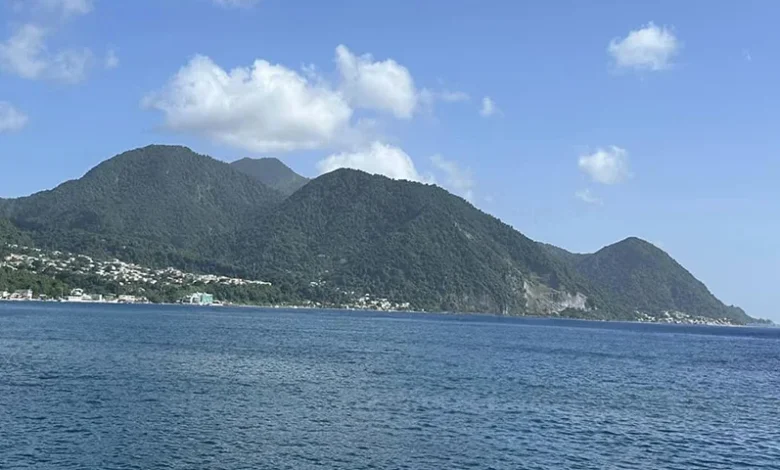Dominica’s Volcanic Origins

Dominica’s Volcanic Origins have given rise to the island’s stunning landscapes and unique geological features, establishing it as the Nature Isle of the Caribbean. Formed along the Lesser Antilles volcanic arc, Dominica’s terrain and ongoing geothermal activity have shaped its topography, rich biodiversity, and human settlements, making the island a living example of dynamic natural processes.
Geological Formation and Volcanic Activity
Dominica’s geological history is marked by intense volcanic activity resulting from the subduction of the Atlantic tectonic plate beneath the Caribbean plate. This tectonic interaction has led to the emergence of numerous volcanic centres across the island. Dominica hosts nine active volcanoes, the highest concentration in the Caribbean, including Morne Diablotin and Morne Trois Pitons, among the island’s tallest peaks.
The island’s terrain is characterized by rugged mountains, deep valleys, and a network of rivers and waterfalls, all sculpted by volcanic processes. Geothermal features such as hot springs, fumaroles, and the renowned Boiling Lake further attest to Dominica’s dynamic volcanic nature.
Impact on Biodiversity and Ecosystems
Dominica’s fertile volcanic soil are rich in minerals, fostering diverse ecosystems and dense tropical rainforests. These fertile grounds support a wide array of flora and fauna, some endemic to the island. The Morne Trois Pitons National Park, a UNESCO World Heritage site, exemplifies this biodiversity, encompassing pristine forests, freshwater lakes, and geothermal areas.
The island’s varied elevation and microclimates, resulting from its volcanic topography, create habitats for species such as the Sisserou parrot (Amazona imperialis), Dominica’s national bird, and the mountain chicken frog (Leptodactylus fallax). These species thrive in the unique environments shaped by the island’s geological history.
Influence on Human Settlement and Culture
Dominica’s volcanic landscape has significantly influenced human settlement patterns and cultural development. The rugged landscape and fertile soils have led communities to establish agricultural practices that utilize the rich volcanic earth. Crops such as bananas, citrus fruits, and root crops are staples of the local economy.
Culturally, the island’s geothermal features have been integrated into wellness and tourism activities. Villages like Wotten Waven are renowned for their hot sulphur springs, attracting visitors seeking therapeutic experiences. The island’s volcanic history is also celebrated through festivals and folklore, reflecting the connection between the inhabitants and their environment.
Ongoing Volcanic Monitoring and Safety
Given the presence of active volcanoes, continuous monitoring is essential for public safety. The Seismic Research Centre of the University of the West Indies collaborates with local authorities to monitor seismic activity and provide early warnings. While major eruptions have not occurred in recent history, geothermal activity, including steam explosions in areas like the Valley of Desolation, urges the importance of vigilance.
Dominica’s volcanic origins have sculpted its dramatic landscapes, nurtured its rich biodiversity, and shaped its people’s cultural and economic practices. The island’s ongoing geothermal activity continues to influence life in Dominica, making it a living testament to the powerful forces of nature.




